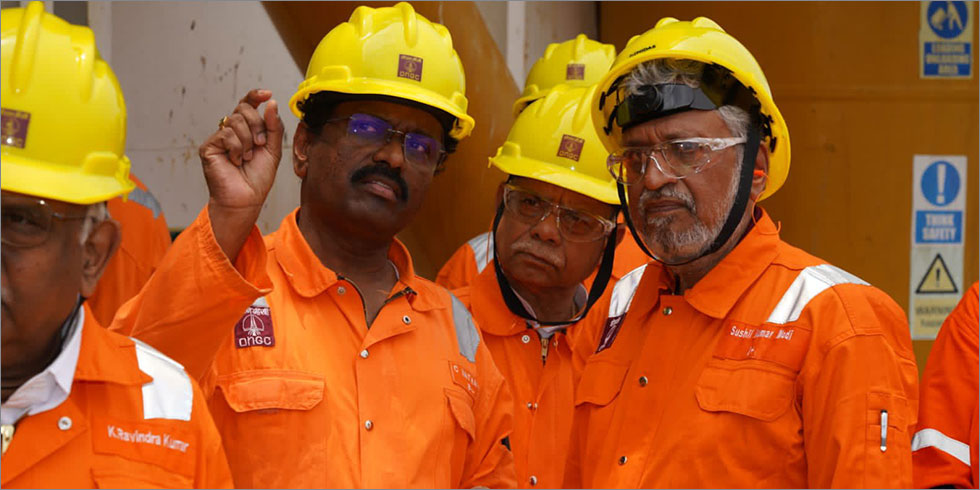One of the longest global oil gluts is expected to save India close to Rs 1.50 lakh crore in 2015-16. To put that sum in perspective, it would be enough to cover the Centre's school education, health, women and child development budgets and pay for the rural jobs scheme.
India, which ships in nearly 80% of its oil requirement, is projected to save over $24 billion in 2015-16 as global supply exceeds demand for the fifth quarter in a row keeping crude prices down.
The savings could swell further because even though fears over Greece and Iran continue to weigh on the oil market, there is no sign oil producers will pull back.
The International Energy Agency, a Paris-based inter-government energy tracker, has projected a similar situation for the third quarter too.
This will make it the longest glut since the Asian economic crisis of 1997, when the surplus situation lasted for some six quarters.
The sustained oversupply has brought down the average cost of India's crude import to $61.50 per barrel in the April-June period this year from $84.10 a barrel in 2014-15, pegging India's oil import bill for this fiscal at $88.20 billion, or nearly 22% lower than $112.70 billion in 2014-15, if the oil ministry's market tracker, Policy Planning and Analysis Cell is to be believed. Even at an exchange rate of Rs 62 to a dollar - though this is likely to be higher by at least Rs 2 at final count - this would make for a saving of about Rs 1,48,800 crore in the oil import bill. In comparison, budget allocations for school education, health, Mahatma Gandhi National Rural Employment Guarantee Act (MNREGA) as well as women and child development schemes come to roughly Rs 120,452 crore.
However, the savings won't go to the government's coffers, but to crude oil importers like IndianOil or Reliance Industries. But the government gains too, since low oil prices mean its subsidy bill becomes lower. No surprises then that the budget for the current year has provided subsidy for the oil sector - essentially on cooking gas and kerosene - of just Rs 30,000 crore against the revised estimates of Rs 60,270 crore for 2014-15.
There are enough indications to give confidence to policymakers of a glut continuing for some more time. On Tuesday, Platts, the global energy, metals and petrochemicals information provider, said Opec pumped 31.28 million bpd (barrels per day) in June, up 1,70,000 bpd from May and the fourth consecutive monthly increase since February.
The production increase came on the back of Opec swing producer Saudi Arabia, which had set off the price war to protect its market share from encroachment from US shale oil producers and new players such as Russia. Iraq too has pushed volumes from its Gulf terminals up by nearly 3,30,000 bpd to more than 3 million bpd following the commissioning of a new storage and pumping system at the onshore Fao terminal. Besides Basrah Light, Iraq is now exporting the newly-introduced Basrah Heavy crude oil too.
Global oil glut likely to help India save Rs 1.5 lakh crore








Add Comment